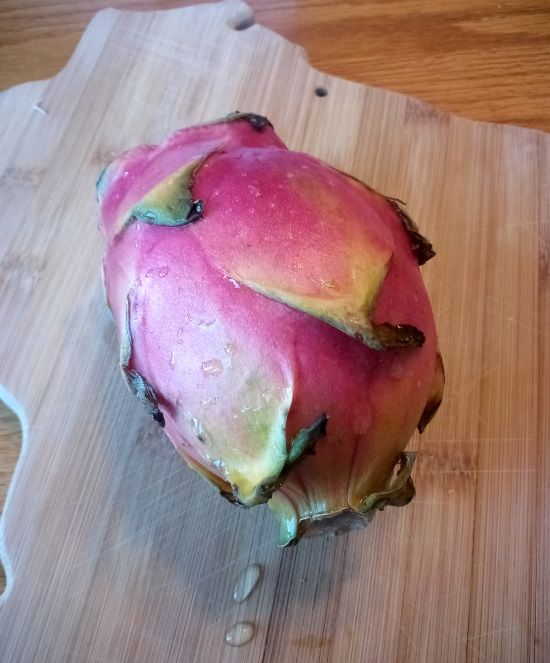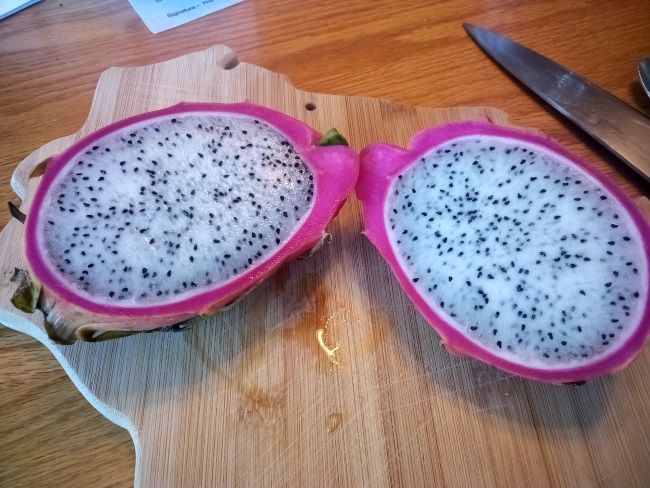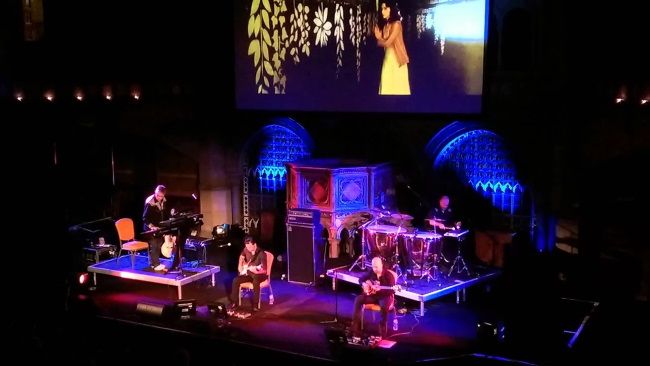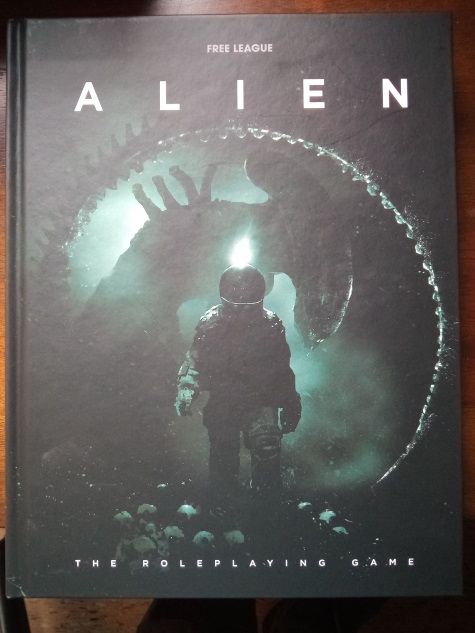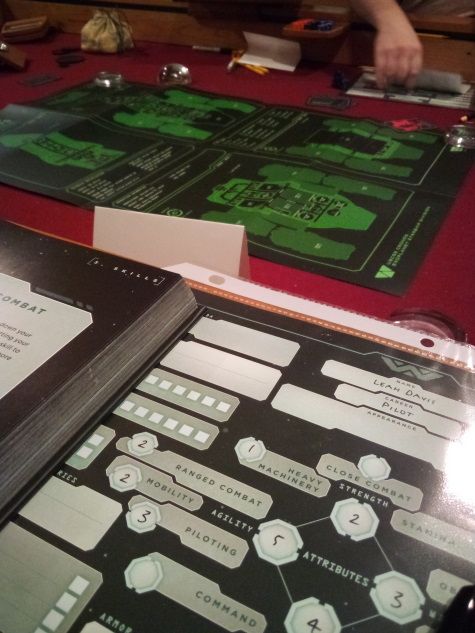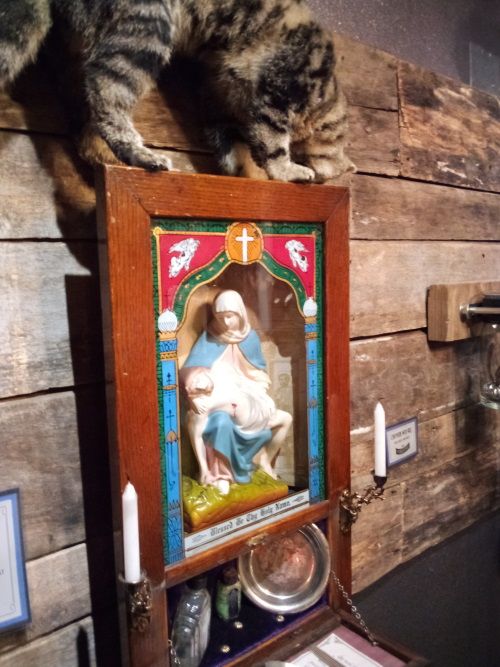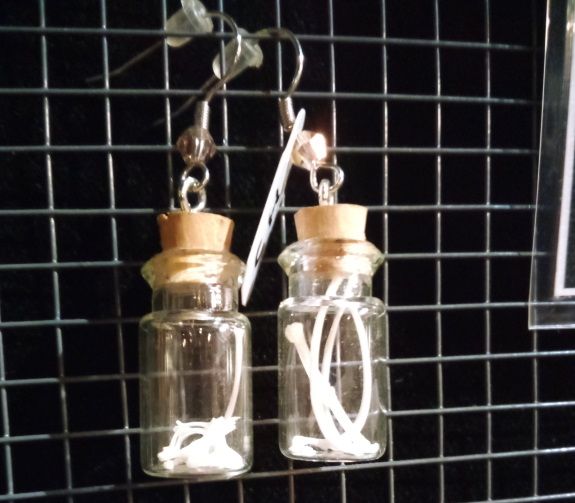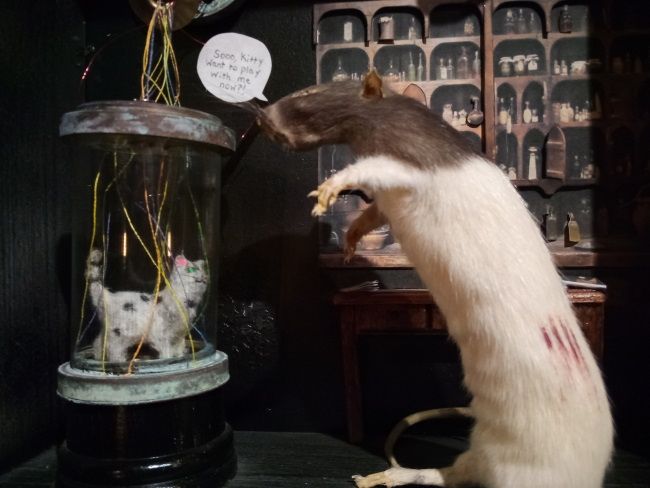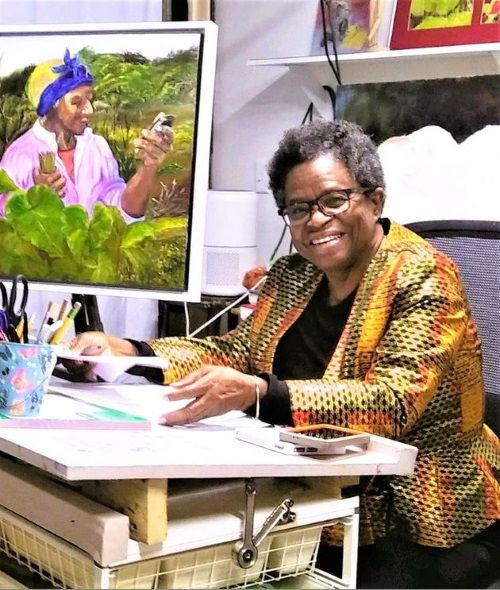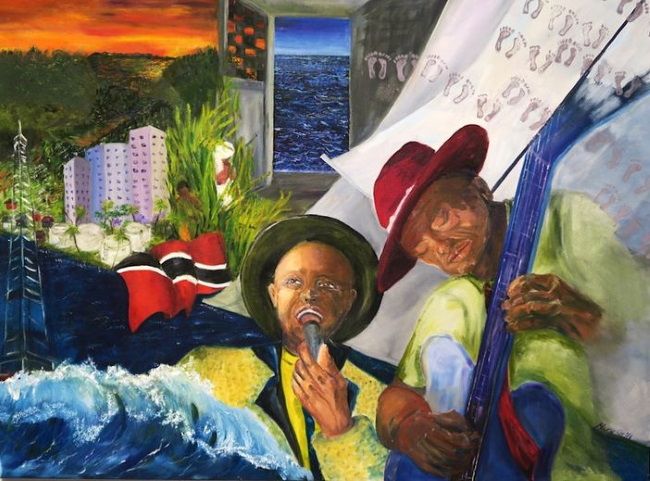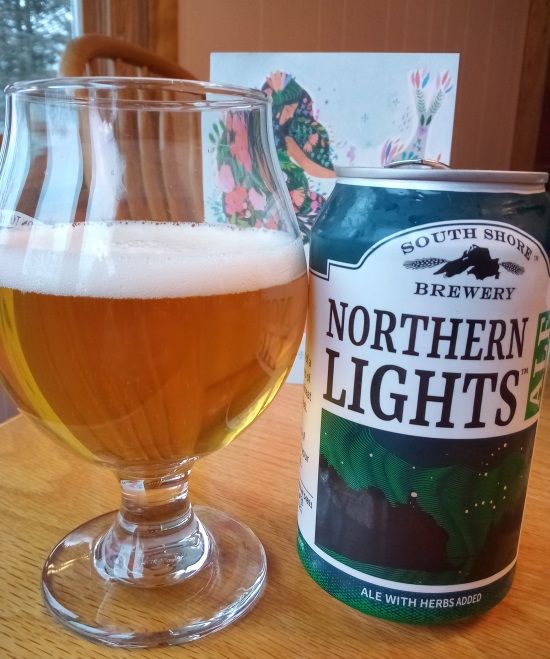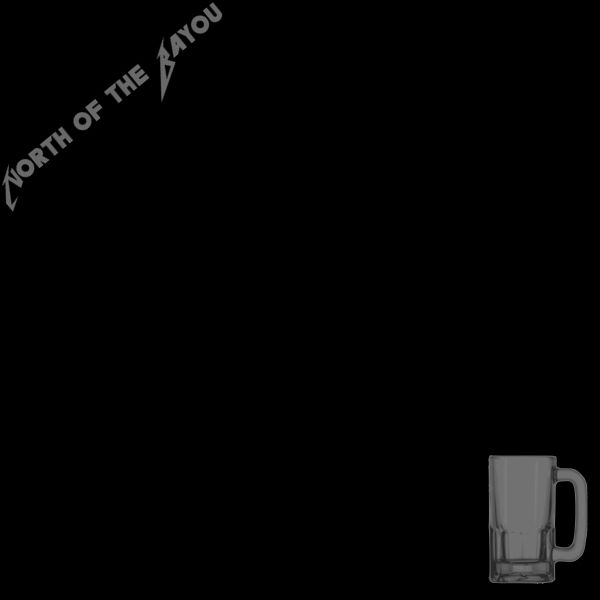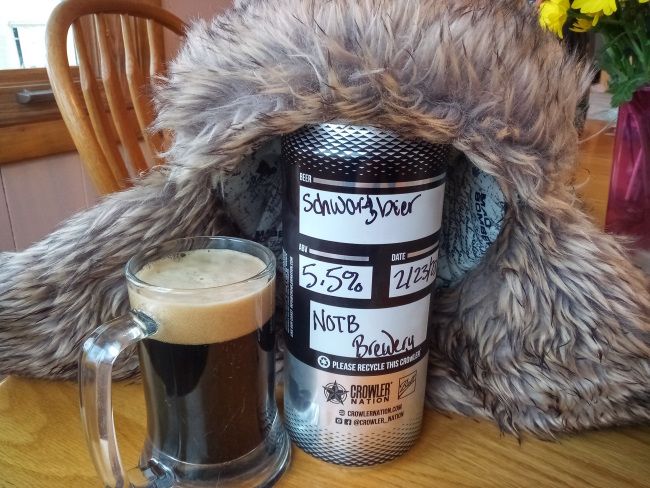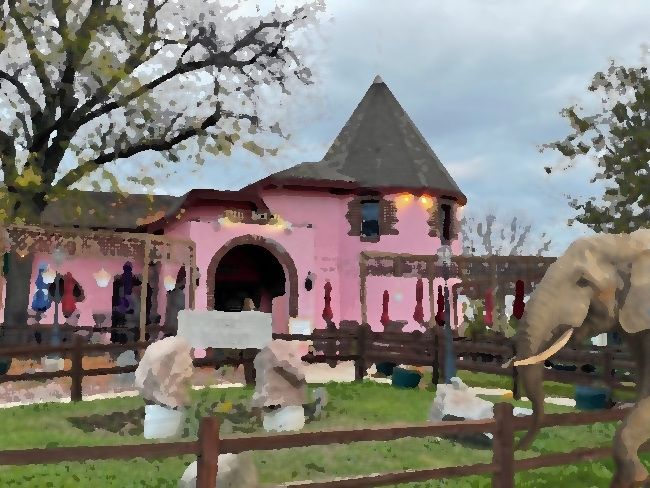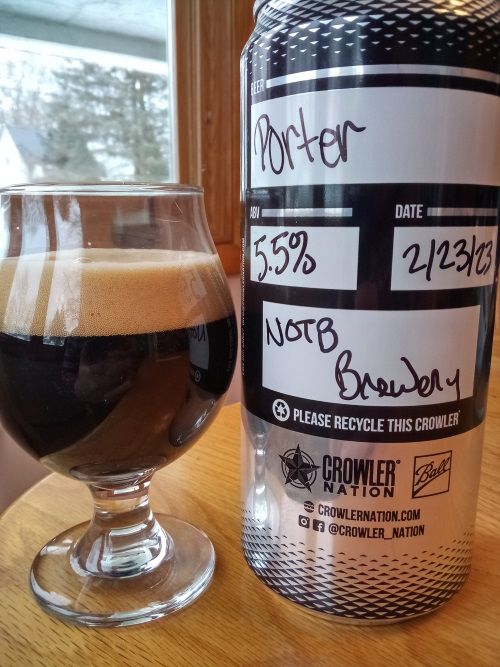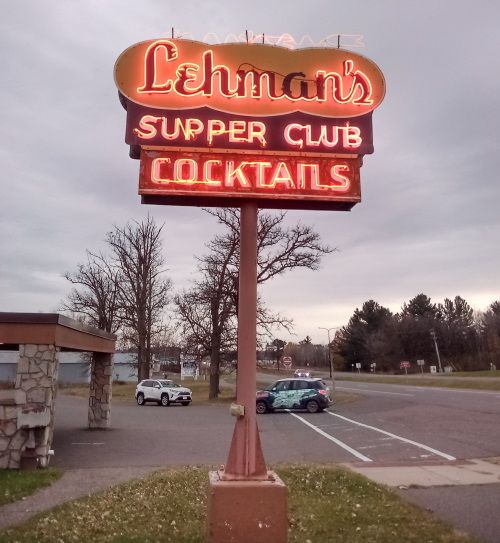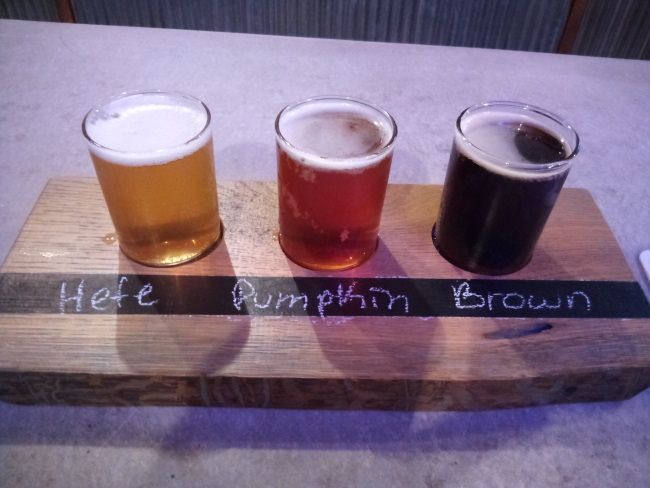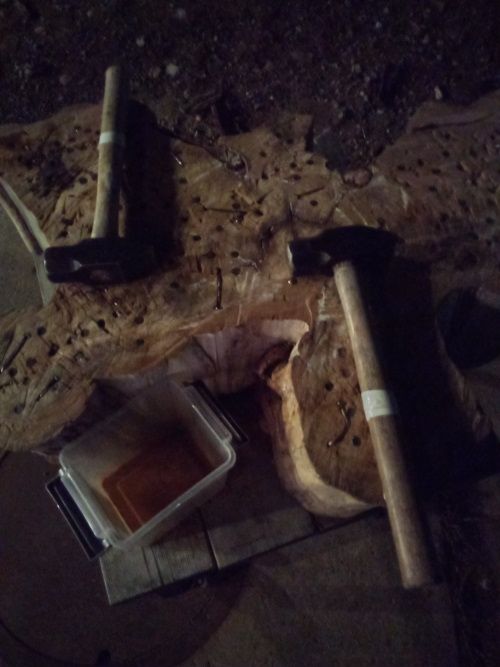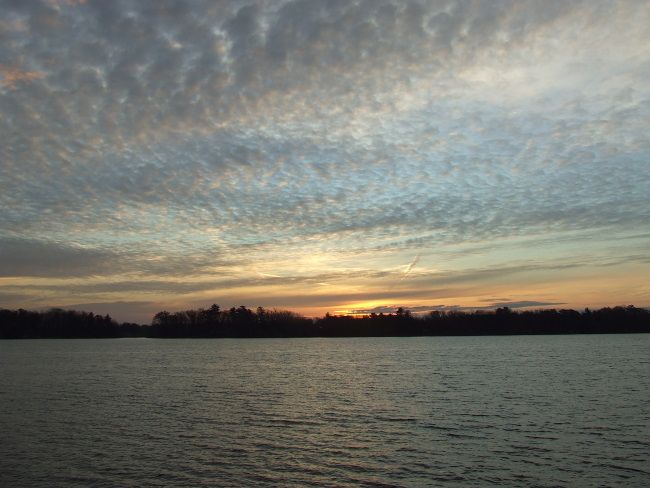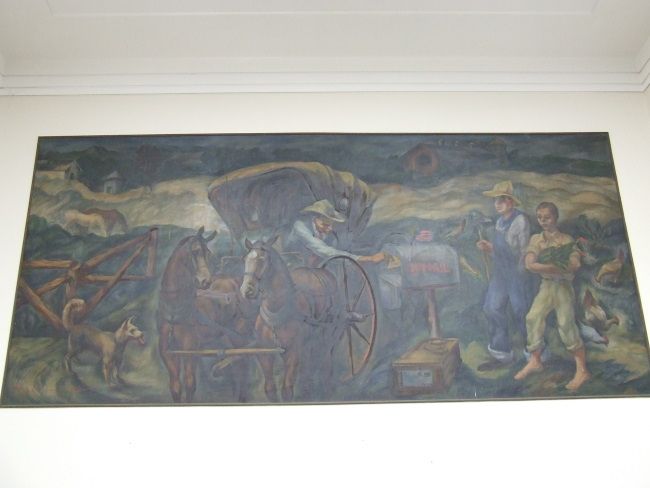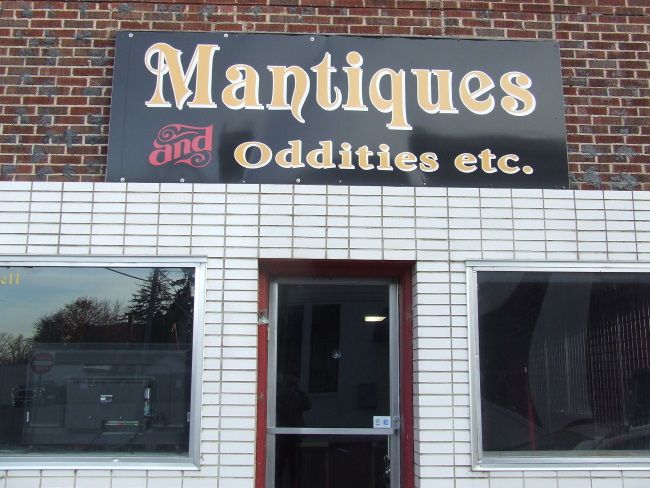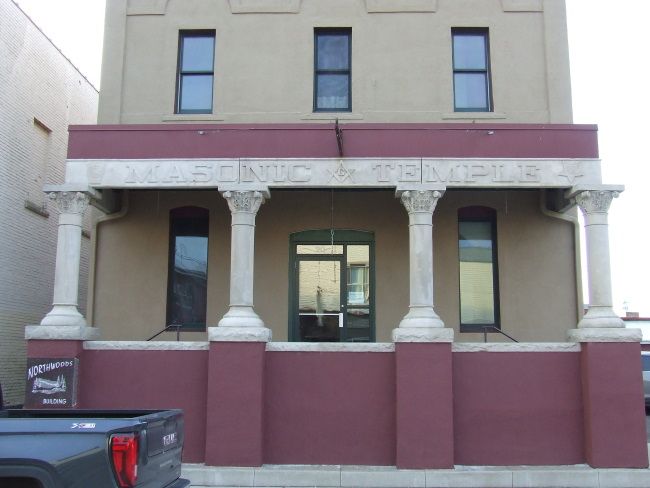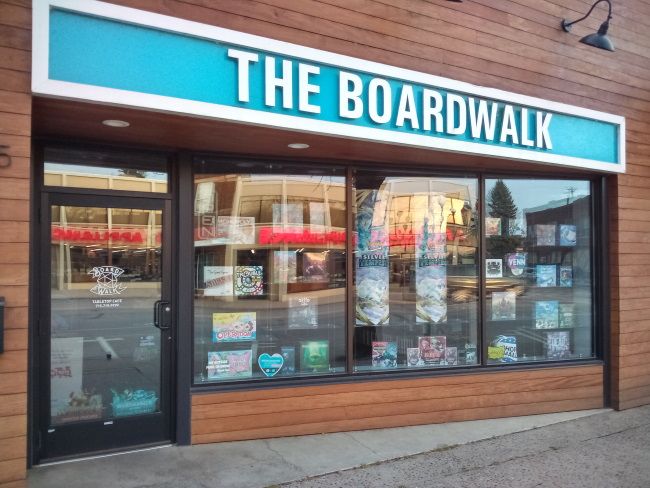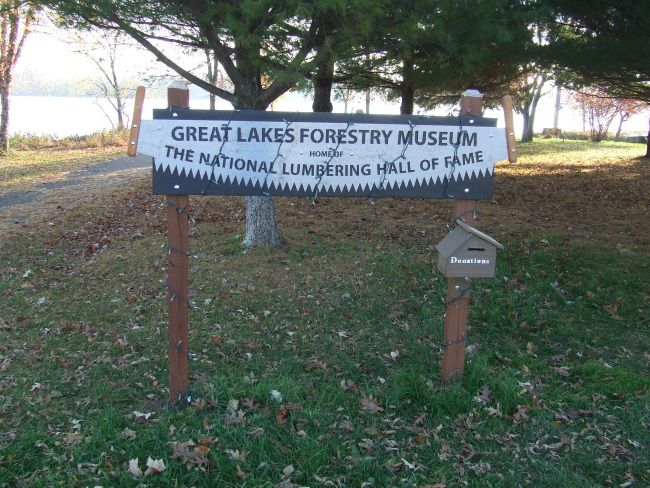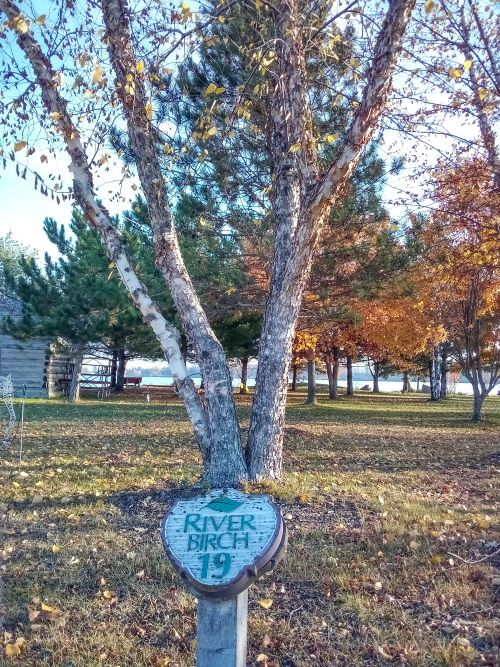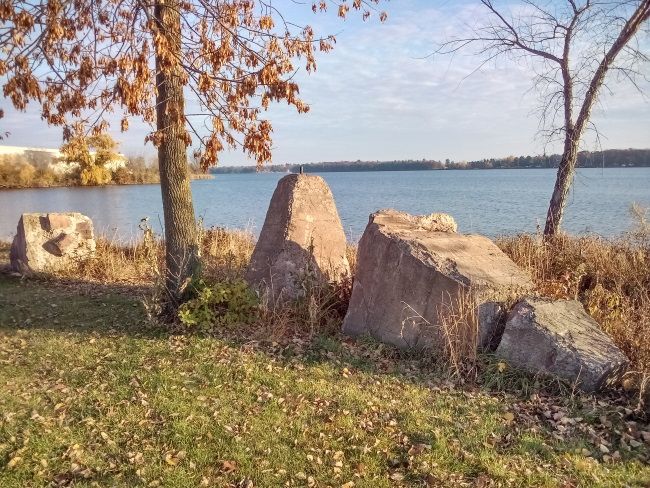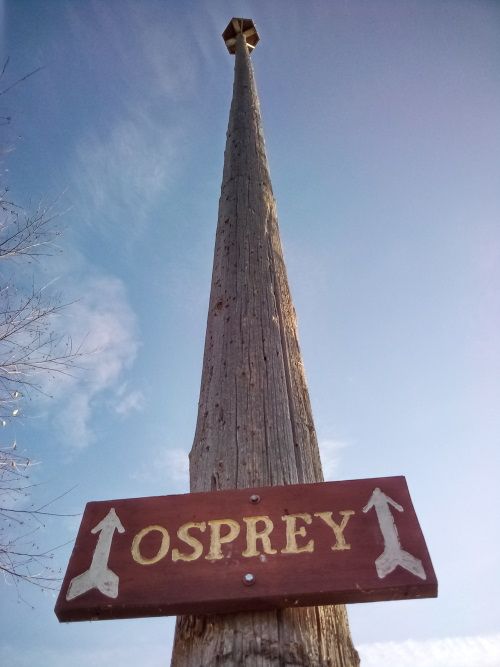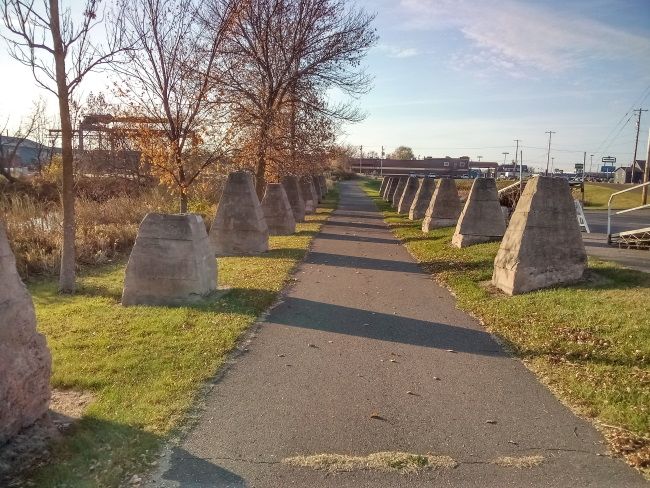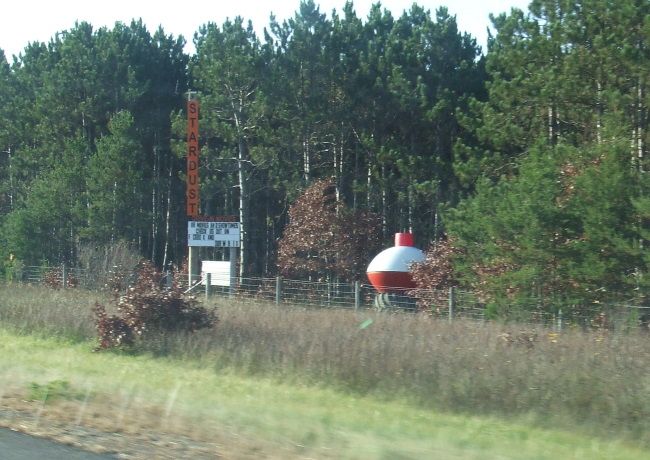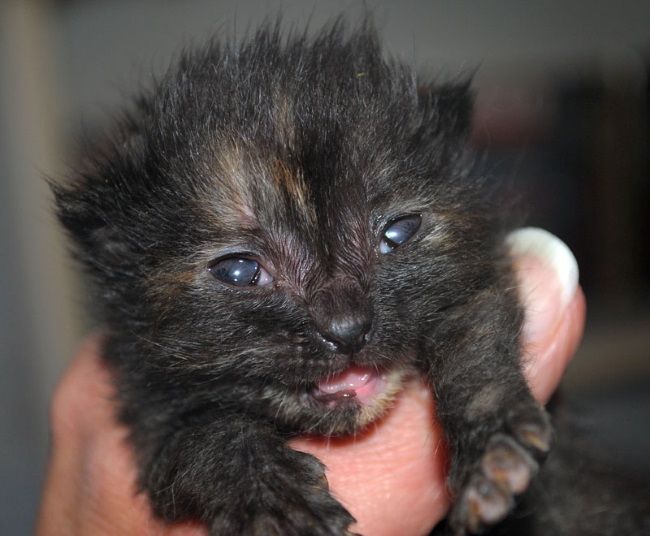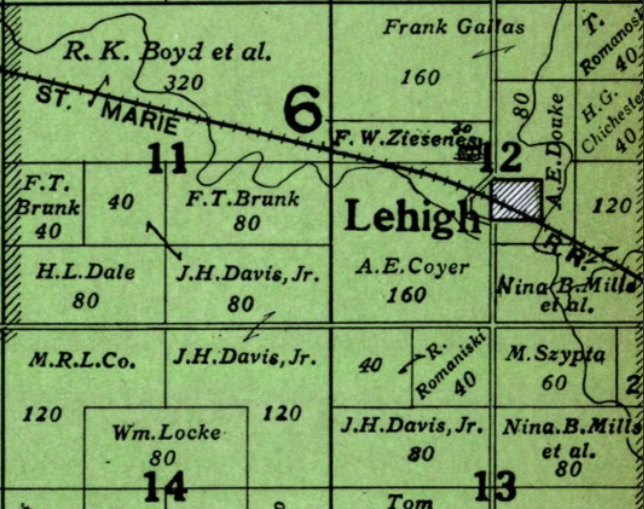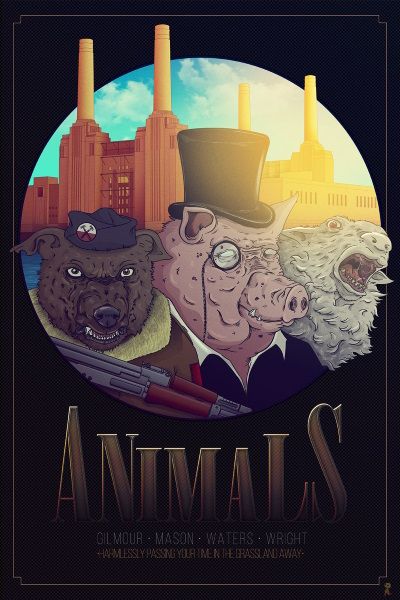(late October 2022)
(Listen to the prelude.)
While my hotel room in Rice Lake was nothing to write home about, I nonetheless relaxed there a little while before jumping in the shower so I'd be all clean and nice smelling for dinner at a Wisconsin staple – the supper club.
Lehman's Supper Club was not far from my hotel and had been given the seal of approval by Ryan Urban, editor of the Barron News-Shield, whom I got to know online. I was hoping to be able to meet him after dinner at the local brewpub where I'd ply him with a few beers before trying to convince him to grow a moustache and get a flattop haircut so he could be the Jonah Jameson of northwestern Wisconsin.
Aside from a couple pictures of neon signs, none of my photos from Lehman’s turned out well. My phone cost all of $60 and there are times when the camera's autofocus mechanism reflects my parsimonious ways. It was early – 5ish – so I was joined by only a smattering of older couples in the dining room, although the bar area looked well populated. My waitress was a lovely woman in her late-20s or thereabouts and she seemed in good spirits. She even called me “Honey”.
I ordered the fried walleye but this entailed much more than a mere filet of fish. A relish tray is standard fare at supper clubs but the one I was given was anything but typical as it included a few pieces of fruit – watermelon and cantaloupe – instead of being strictly a vegetable affair with carrots, celery, and radishes ready to whet your appetite for a slab of prime rib or a large filet of fish.
The French onion soup was rather good and I enjoyed the dill vinaigrette on my salad. The meal included bread as well as what was described to me as a turnover but was really a clover leaf roll that I suspect was made from tapioca flour as it was light, fluffy, nearly hollow in the middle, and didn't particularly taste like wheat. It still tasted fine, however.
A rather large walleye gave its life for my dinner that night. The filet was probably 10 inches long and quite delicious.
Although I had eaten more than my fair share, there was still room for beer. And so I was off to meet Ryan Urban, who was able to put me on his social calendar, at Agonic Brewing Company.
Agonic opened just last summer in an old feed mill and, in homage, a wooden combine header rotated above our heads. While remodeled to be a brewery, the space had retained much of the feel of its former purpose.
I ordered a flight of 3 beers to sample: a hefeweizen, pumpkin wheat, and a brown ale. All were tasty. The hefeweizen was redolent of bubble gum and banana while the pumpkin wheat had just the right amount of nutmeg. The brown ale was easy going with some caramel sweetness and a touch of leather to it. I also sampled their Blue Hills pale ale which was brewed for a local chapter of a group that maintains the
Ice Age Trail.
When I arrived, Ryan was not yet there and a few gentlemen were at the end of the bar chatting away. I caught a few comments about The Hu, a Mongolian band that I saw back in the spring. I'll admit that I did not expect to hear chatter about a Mongolian rock group up in Rice Lake.
Before long, Ryan showed up and we enjoyed one another’s company over a couple beers. I’d met him in-person once before back in the summer when he was in the Madison area to get photographs of WPA murals that hung in the post offices of small towns in the area. Editor by trade, documenting the WPA murals of Wisconsin post offices is his avocation.
I learned from him that wild rice harvesting in Rice Lake ended when the Red Cedar River, which flows out from the lake, was dammed. When asked about how things were at the paper, he noted with pride that he had won an award earlier this year for his reporting on the elevated levels of manganese in the town of Dallas’ water supply. So many belated congratulations to Ryan!
He also told me what became of The Buckhorn, the tavern owned by Otto Rindlisbacher. Rindlisbacher has been described as "perhaps the foremost figure in the history of traditional music in Wisconsin". He played various instruments but I think of him as primarily a fiddle player. He also built instruments when he wasn't playing them. This in addition to running a tavern and having a sideline in taxidermy. He was part of a group that performed lumberjack songs at the National Folk Festival in Chicago in 1937 and had various recordings of his entered into the Library of Congress. Now, just because Ryan told me of The Buckhorn's fate doesn't mean I recall what he said. It was now a laundromat or a hardware store or some such thing. I guess I'll just have to head up to Rice Lake again to find out just what became of it.
Alas, the intrepid reporter had domestic duties to attend to – it was a school night, after all – so we only had a few before saying our goodbyes. As I was walking out, I noticed something I hadn’t noticed on the way in:
Hammerschlagen!
Hammerschlagen is a game in which players take turns hammering a nail into a stump. The first person to pound their nail in fully wins. (I'm not sure if it has to be countersunk or if being flush is good enough.) Sometimes there’s a fee to buy your nail and the winner gets a cash prize. Other times losers buy a round.
My night was uneventful and I got a good night’s sleep. I arose late – for me – showered and prepared to head out and yet, when I looked out the window, it was still dark. Uff da! It was after 7 so where was the sun?
I packed my car and headed downtown for a cup of coffee at the Badger Brew Coffee Loft, the retail arm of Woodland Coffee Roasters which is just next door. Co-proprietor Heather was behind the counter and she was quite cheerful considering the lack of light outside. The coffee, their winter seasonal, Nordic Notes, was a smooth dark roast. Good stuff.
Heather was very knowledgeable about her coffees and quite affable. It was a pleasure to start my day by chatting with her.
I even brought some beans home.
All of their blends had a rural Wisconsin/up north kind of name. Sweater Weather was a very tasty blend of, if I recall correctly, South American and African beans.
With it being noticeably light out, I took my leave and headed down the street to watch the sun rise over Rice Lake.
It was a lovely morning. A bit chilly but not too bad. Just down the street was the Post Office. I moseyed over there and did my best Ryan Urban imitation.
This is “Rural Delivery” by Forrest Flower, painted in 1938. Flower was a native Wisconsinite who was born in Portage, just north of Madison, in 1912 and died in the Milwaukee suburb of Wauwatosa in 1948. He also painted a mural for the post office in Viroqua in the southwest part of Wisconsin.
I was reminded that I was up north when I saw a yard full of logs at the Birchwood Manufacturing Company.
I’m not sure what is manufactured there but I am guessing it’s dimensional lumber.
I took a little time to wander around downtown and almost immediately ran into a ghost sign which was in tip top shape.
Mantiques – Antiques for Men.
I ran into the Rice Lake Masonic Temple.
Considering the comments of a friend of mine here in the Madison area who is a Mason, I was rather surprised to see so many temples up north. (I spied one in Hayward too.) He noted dwindling membership and how lodges are consolidating around the state and so I didn’t expect to see 2 temples in such sparsely populated areas.
I discovered that Rice Lake had a gaming store, The Boardwalk.
Main Street had several of these heaters in preparation for the winter.
I’ve seen these in smoking areas at bars and restaurants but never on a pedestrian thoroughfare. They treat people nice up in Rice Lake.
After wandering downtown, I drove south a few blocks to Knapp-Stout Park on the shores of Rice Lake and home to the Great Lakes Forestry Museum.
Unfortunately, the National Lumbering Hall of Fame was closed for the season.
So, if I have this right, Rice Lake has the Great Lakes Forestry Museum & National Lumbering Hall of Fame while Eau Claire is home to the Wisconsin Logging Museum. And Hayward hosts the Lumberjack World Championships in which sawyers compete in feats of lumberjack derring-do including log rolling, chopping, and boom running – where you run across a bunch of linked, floating logs.
Am I missing any other lumberjack museums or events?
Even though the Hall of Fame was closed, it was a rather neat area with something like 20 different trees there on the grounds with signs indicating what kind they were.
I presume the trees on display were the most common ones in the Great Lakes region and/or the ones most commonly logged.
While strolling around, I found some disused concrete pillars.
Curiouser and curiouser.
As I continued walking, I ran into an osprey nest.
I did not make the climb to determine if it was occupied.
At the south end of the park, there were more of those mysterious concrete pillars but also an explanation.
A handy
historical marker noted that they were support structures for a monorail that operated here carrying lumber between two mills from the early 1920’s until the early 30s.
After wandering the pillars, it was time for me to be homeward bound. I returned to my car for the drive south. A quick stop at a gas station for fuel and coffee (that was decidedly inferior to the stuff at Badger Brew Coffee Loft) and I was off. Just down the road apiece, I made sure to get a snap of the giant bobber on the side of the highway.
On the drive home, I listened to a few episodes of University of the Air, a Wisconsin Public Radio program which features UW-Madison faculty discussing a chosen topic. The shows that I had downloaded for the trip were about naturalist/ecologist Aldo Leopold.
I learned that back when Leopold was working at the UW-Madison and making the observations that would become A Sand County Almanac, the deer population here was paltry. I figured that since they are everywhere around the state today, that it had always been that way. But over-hunting meant that their numbers dwindled to next to nothing in the early part of the 20th century.
The fact that they’re everywhere now – running out in front of cars, for instance, and in need of an annual harvest to keep the population down is testament to the work of conservationists.
At the same time in the early 20th century, Wisconsin had only the barest crane population and now the state is home to the International Crane Foundation and decades of conservation efforts have brought them back.
********
Bonus photo. It’s a newborn Piper!

